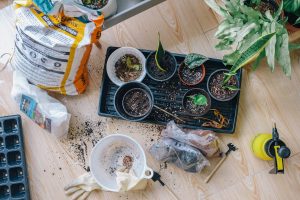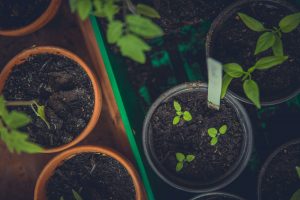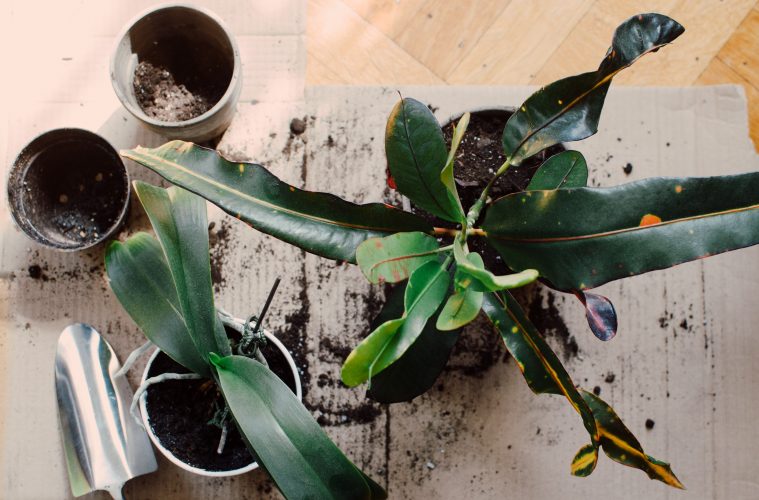Repotting your indoor and outdoor plants is a vital aspect of their care routine that can significantly impact their health and growth. Understanding when it’s time to repot is essential for maintaining thriving greenery in your garden and home.
Here are some tips to help you recognise the right moment for repotting your beloved plants:
Observe the roots
One of the most reliable indicators that a plant needs repotting is when you notice its roots circling around the root ball or growing out of the drainage holes. This overcrowding can restrict the plant’s access to nutrients and water.
Slow growth or stunted development
If your plant’s growth has slowed down, it may be struggling to find sufficient resources in its current pot. Stunted development, smaller leaves, or fewer flowers can all be signs that it’s time for a larger container.
Watering becomes more frequent
If you find yourself watering your plant more frequently than usual, it could be a sign that its root system has outgrown its pot. A healthy plant should maintain a consistent watering schedule.
Soil deterioration
Over time, the potting mix in your plant’s container can break down and become compacted. This can lead to poor drainage and aeration, causing problems for your plant’s root health.

Pexels
Pot-bound appearance
When you gently tap the pot, and the entire root ball seems to be stuck, it’s a clear sign that your plant is pot-bound. It has exhausted the available space for root expansion.
Leaning or top-heavy plant
If your plant starts leaning to one side or becomes top-heavy and unstable, it’s likely because the root system can no longer support its growth above ground.

Unsplash
Yellowing or drooping leaves
Yellowing or drooping leaves, despite proper care, can indicate that your plant is struggling to absorb nutrients and water due to a crowded pot.
Outgrowing the pot
Some plants naturally grow larger and may outgrow their pots more quickly. Be proactive and repot them before they become root-bound.
Timing matters
The best time to repot most plants is during their active growing season, typically in the spring or early summer. This allows them to recover and establish themselves in the new container before their growth slows down in the colder months.
Remember that not all plants have the same repotting needs. Research the specific requirements of each plant in your collection to ensure you’re giving them the best care possible.
Feature image: Pexels


